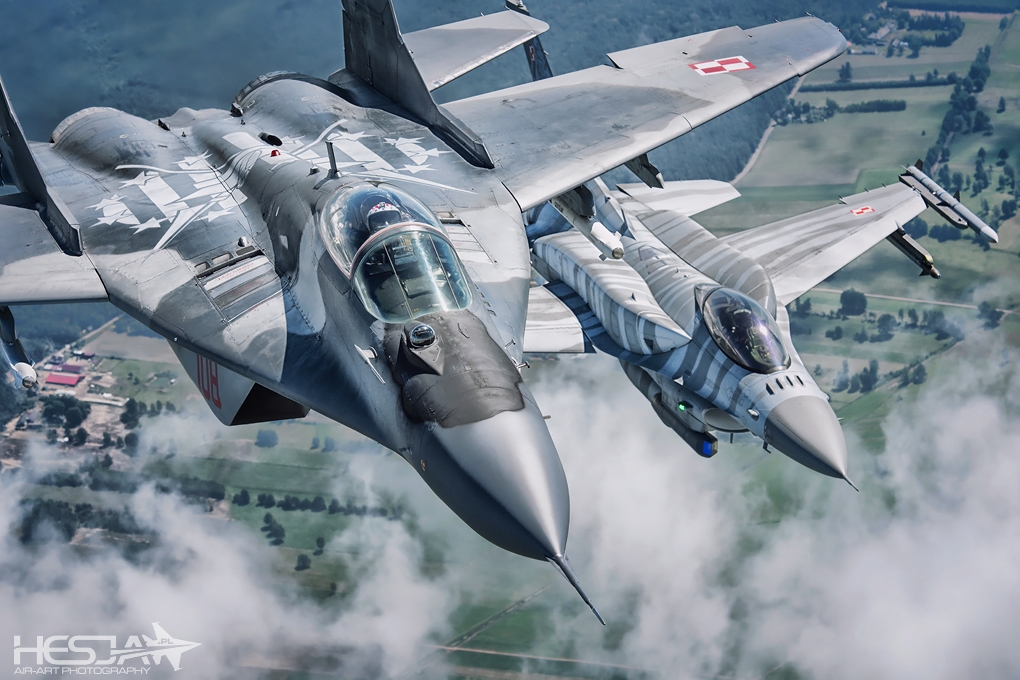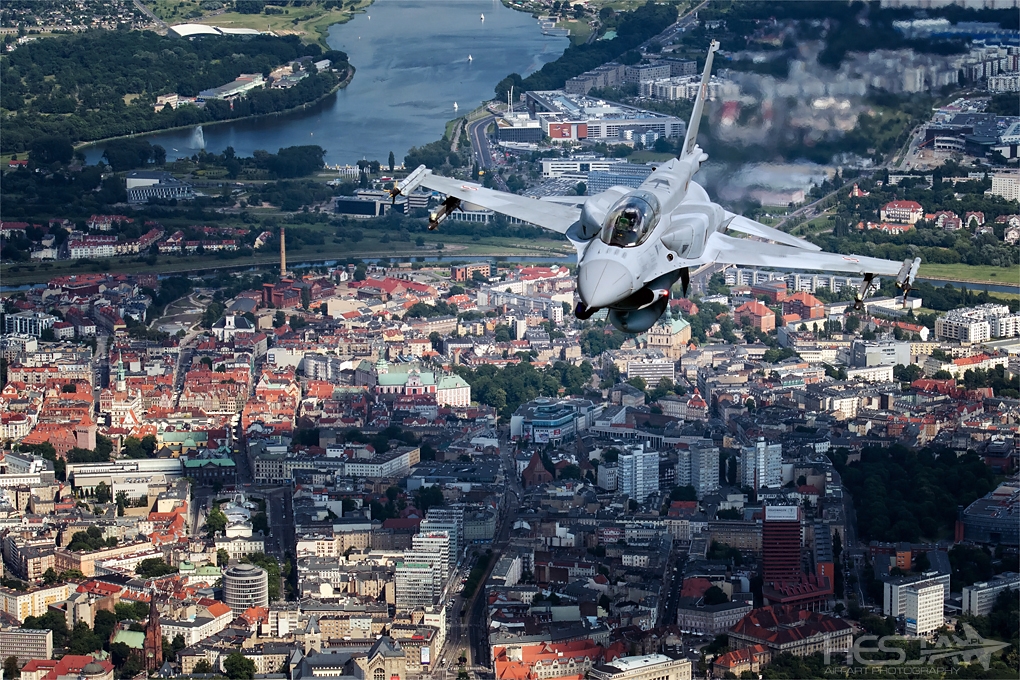
Kliknij tutaj by przełączyć na wersję w języku polskim
An air-to-air picture is published on the Internet – a picture of an aircraft in flight, taken from another flying aircraft. All of the aviation geeks are amazed! In case of the aviation photographers, the response is mixed. Some of them join the wave of amazement. Others analyze the picture from the photographer’s point of view. However, most of them exhibit symptoms of pure jealousy. Rarely expressed, often kept deep within. One thing is certain – air-to-air pictures never go by unnoticed, and almost always provoke emotional reactions. Let’s stop, and consider, why the above happens?
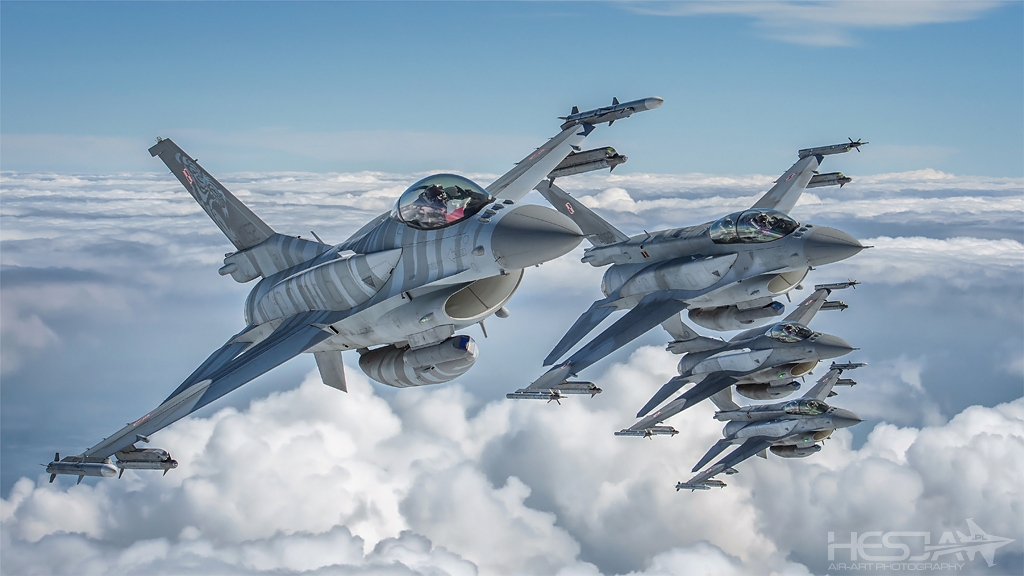
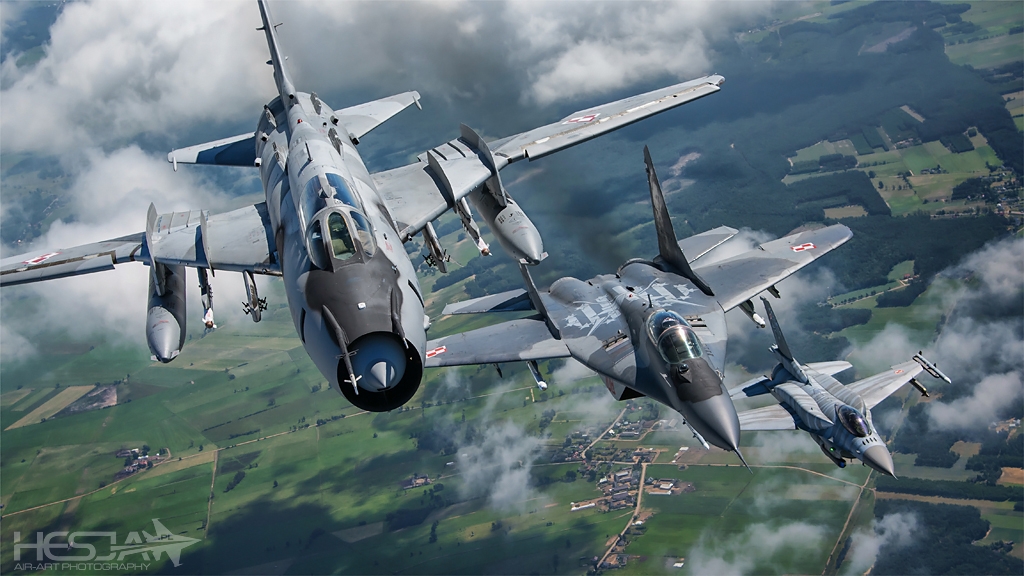
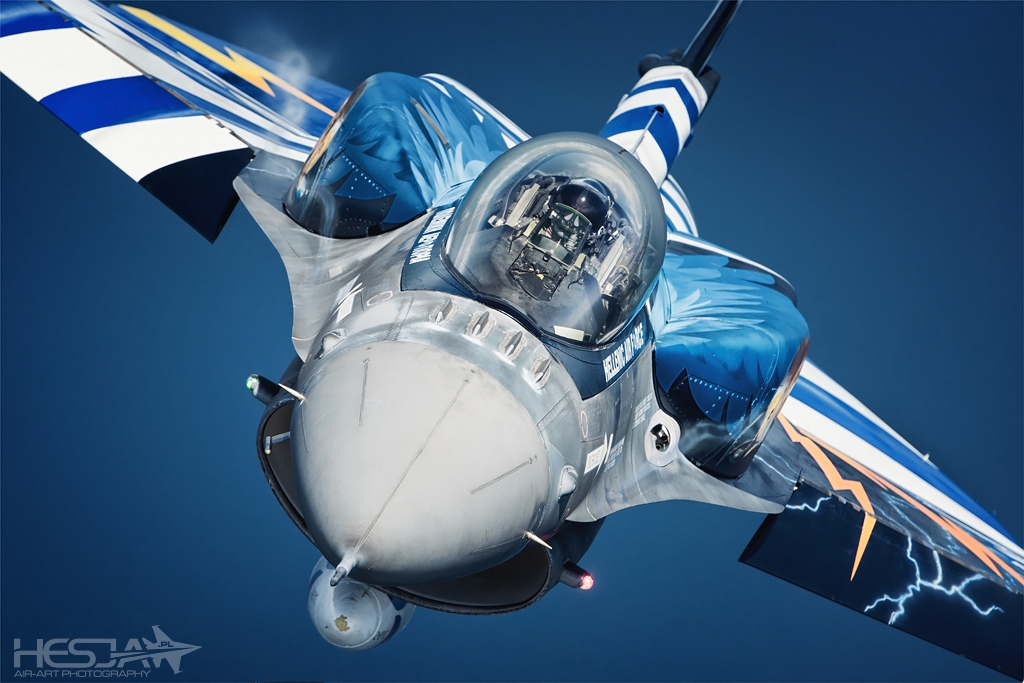
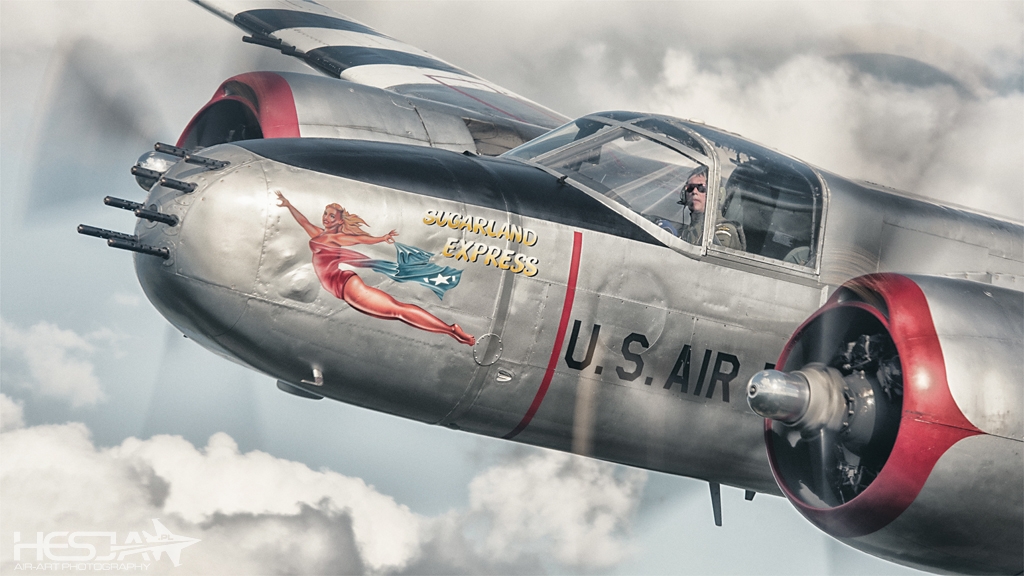
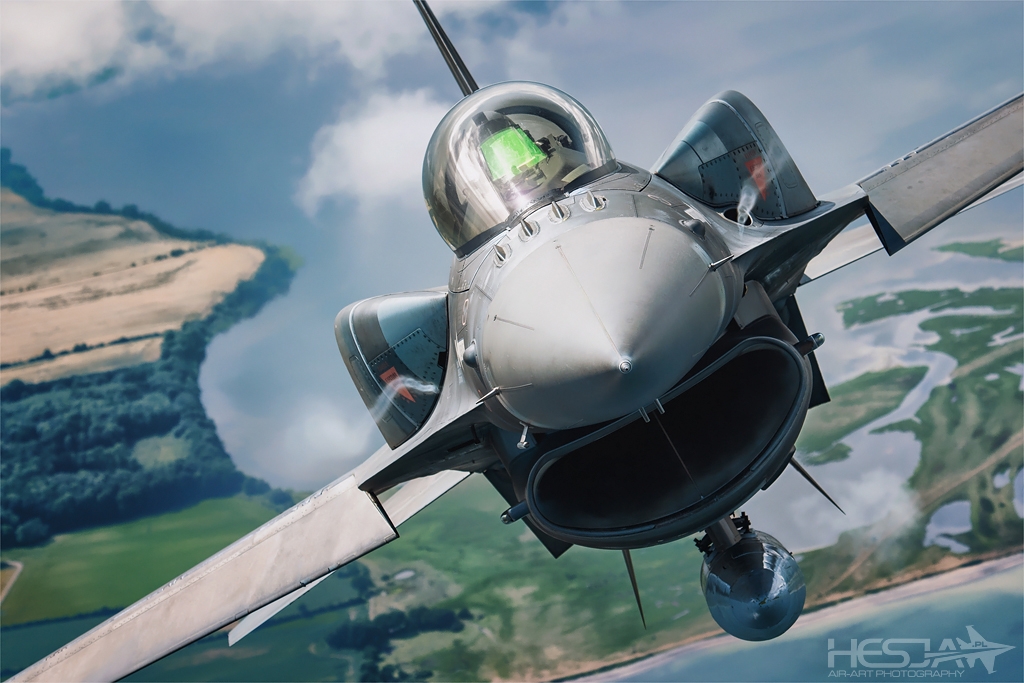
The emotions are so intense, because air-to-air photography is quite exclusive, being accessible for very few. For few, who are given an opportunity to fly on-board the photoship. In order to get involved, one needs to, depending on the photo-shoot’s character, get invited by the organizer or pay for the pleasures involved. In the former case, the organizer decides on who is invited to participate. The choices mentioned above are often becoming a source and a trigger for an emotional response, especially in case of the persons who were not selected. The latter option seems to be much easier. At the moment, several companies are operating on the market, thanks to which we may take air-to-air photos of almost any aircraft, all around the globe. However, problems emerge when we get to know how high the price is, which needs to be paid for such a pleasure. Unfortunately, this type of adventures remains beyond the reach of most of the ordinary mortals.
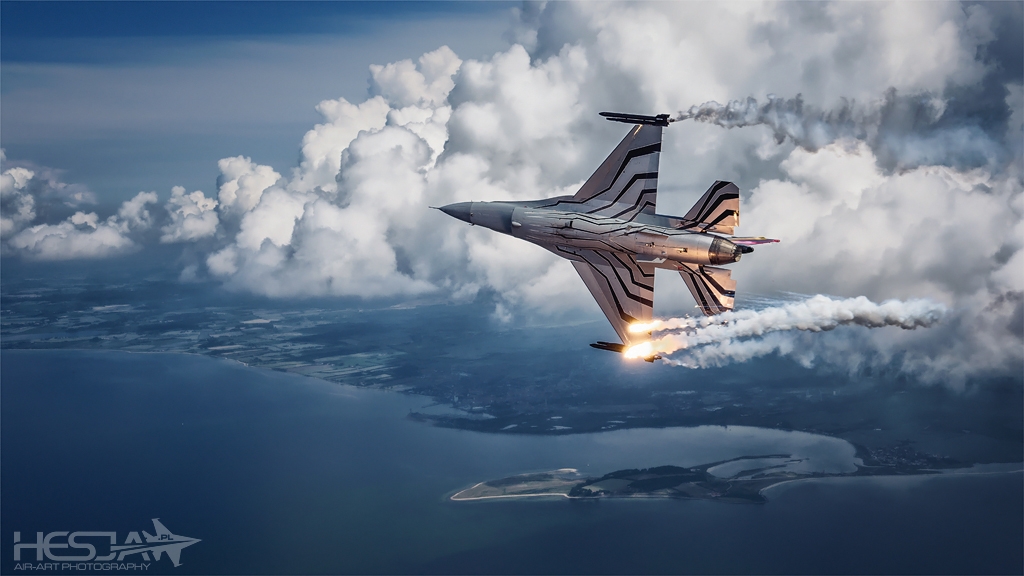
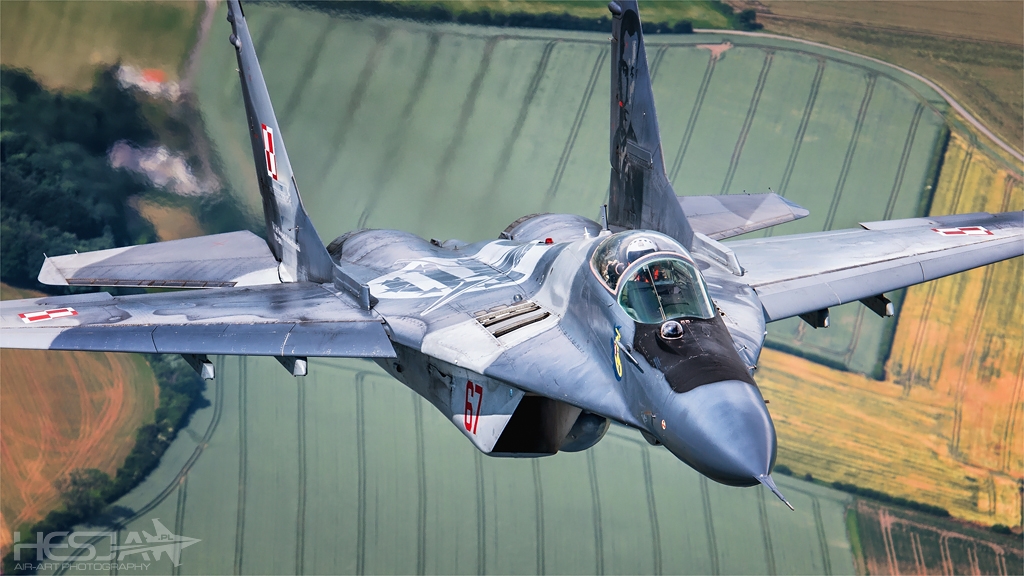
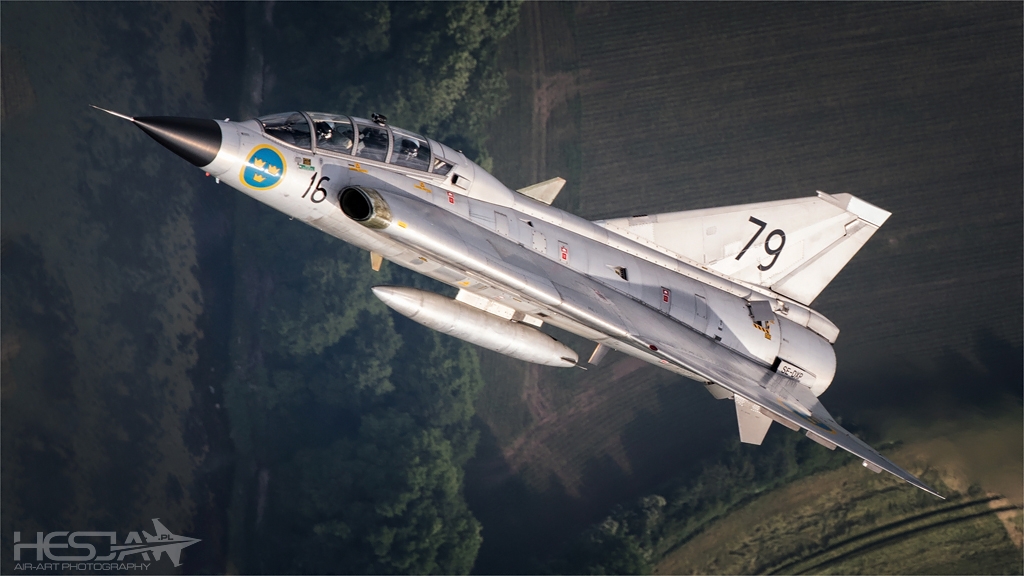
The “hesja’s highs 4” album will be my first, within which no note would appear, stating that all of the photographs have been taken from the ground. Yes. My photography, since, has included the air-to-air aspect. I used to be involved in such photo-shoots before, but 2016 was a true jackpot for me. Why so late? I am not a man who raises his hand, writes requests and works his way up the hierarchy. My philosophy of aviation photography happiness is based on two main principles. The first rule is to be good at what you are doing – sooner or later, someone will notice and invite you here or there. The second rule is: time’s purpose is not to do everything at once. It was similar for me, when it comes to the air-to-air shoots. I had hoped that this issue will come up naturally, some day, some way. I was not hurried, hearing about the “little Polish hell”, related to air-to-air photography in case of the Polish Air Force. Swedes were the first to have had me invited to an air-to-air photo-shoot. Then, thanks to some persons working at the Polish General Command of the Armed Forces (Thank you!), who decided that I should get my chance too, I’ve hit a true jackpot! Taking shots of the air-to-air refueling operations with the Polish F-16 jets, flying on-board the KC-135 tanker during the “Anakonda” exercise, a shoot with the Grand Trinity of the Polish Air Force: MiG-29, F-16 and Su-22 fighter aircraft, or even a photo-shoot with four F-16 fighters, on the occasion of 10th Anniversary of introduction of these jets into the inventory of the Polish Air Force. In the meantime, I have also been involved in a photo-operation over Denmark, with Aviation Photocrew acting as the hosts! A lot of things happened with a great variety involved, I even resigned from a photo-shoot over the United Kingdom and organized a trip to the US, to take part in an air show, using the money I was able to save. I hope that the results of my work are not disappointing for the organizers of the aforesaid initiatives.
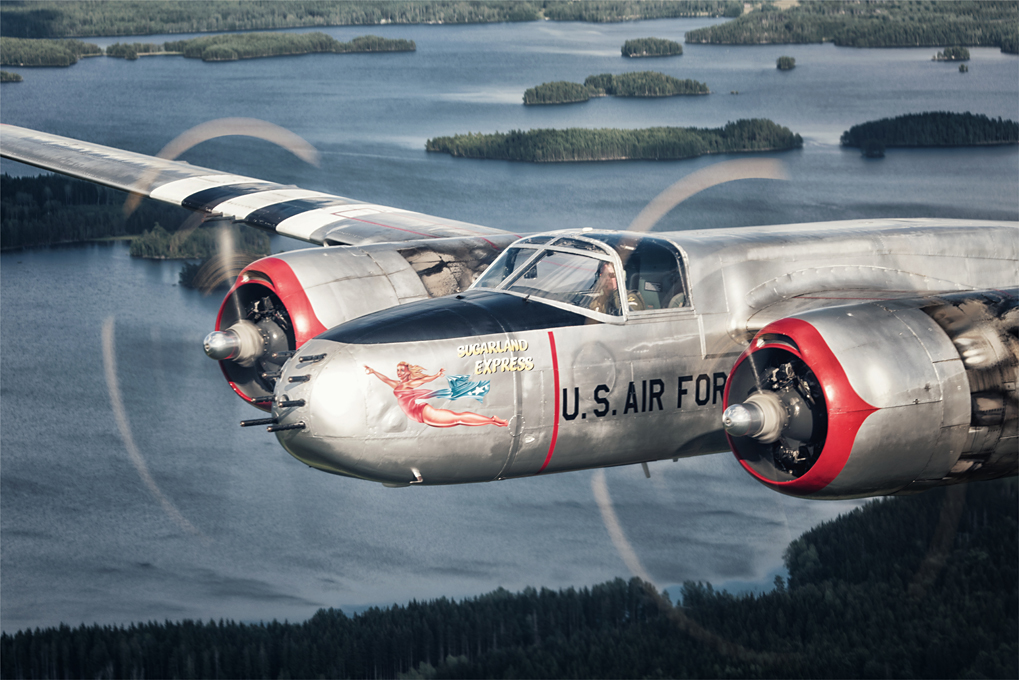
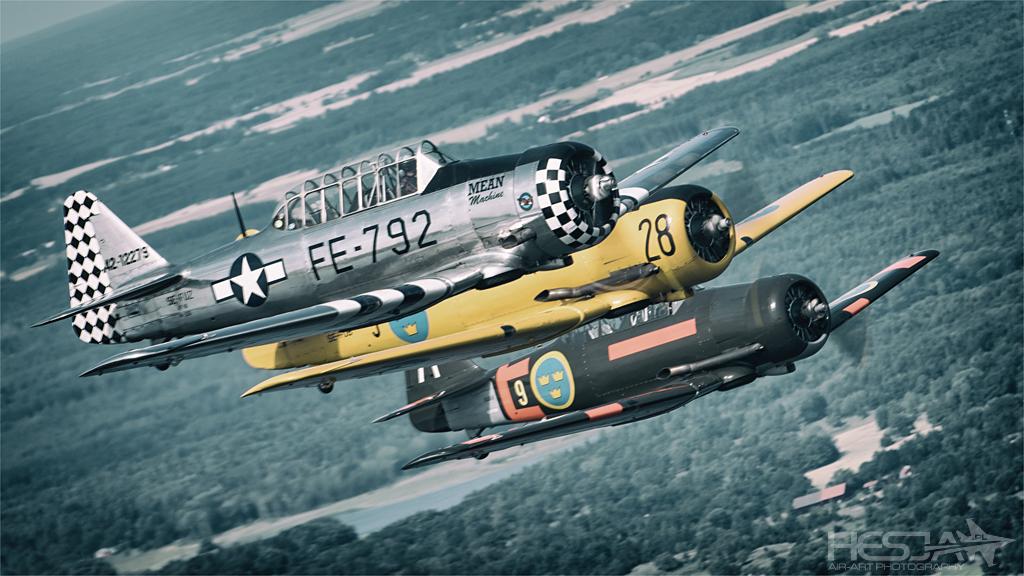
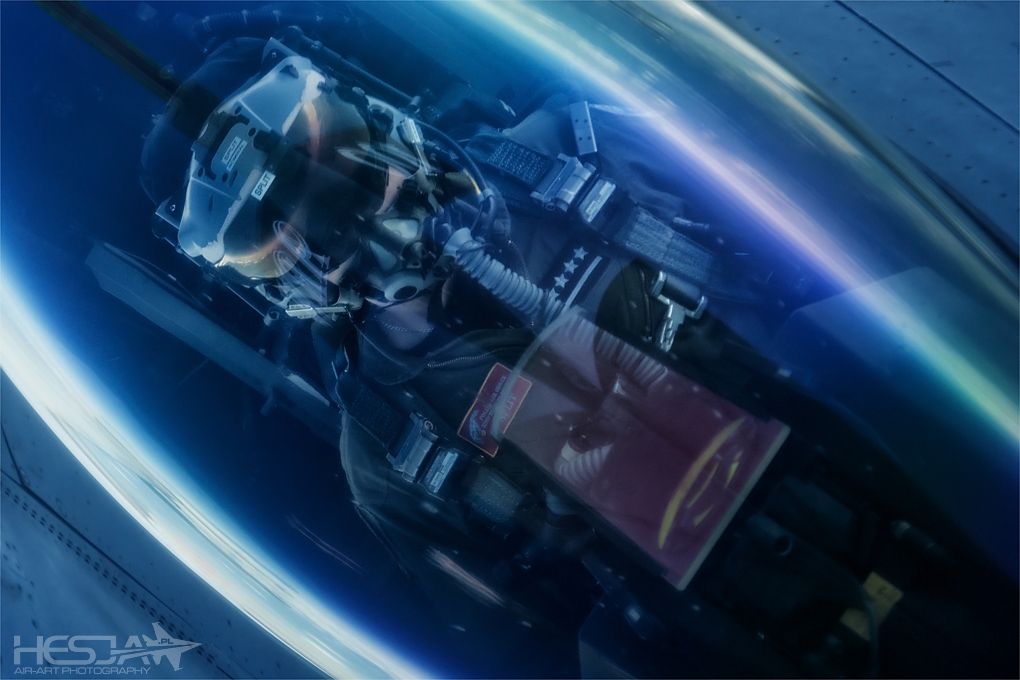
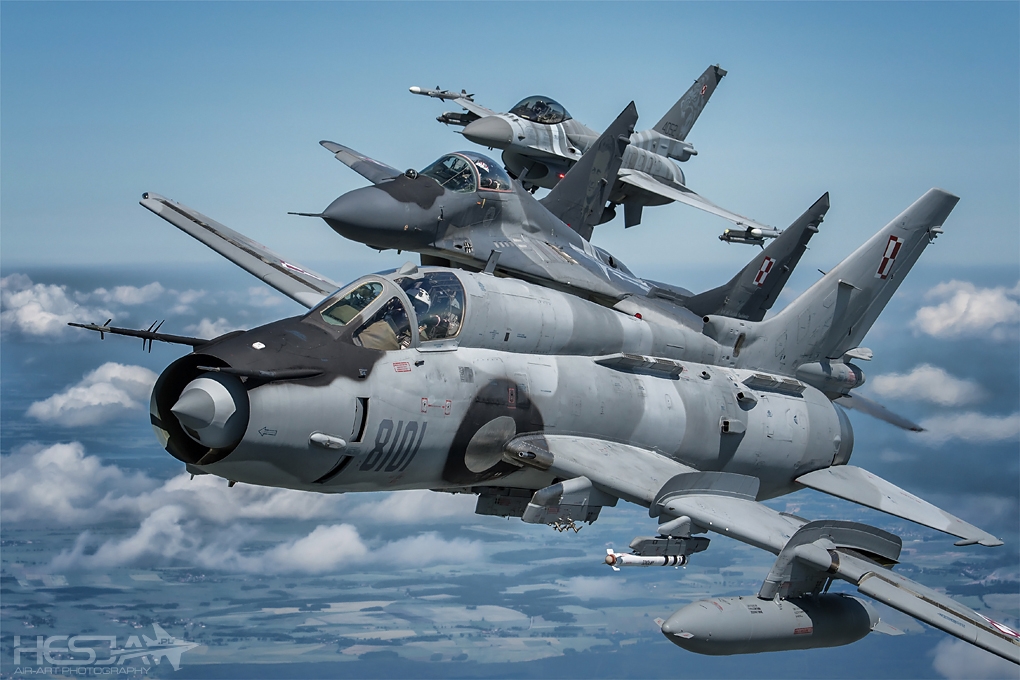
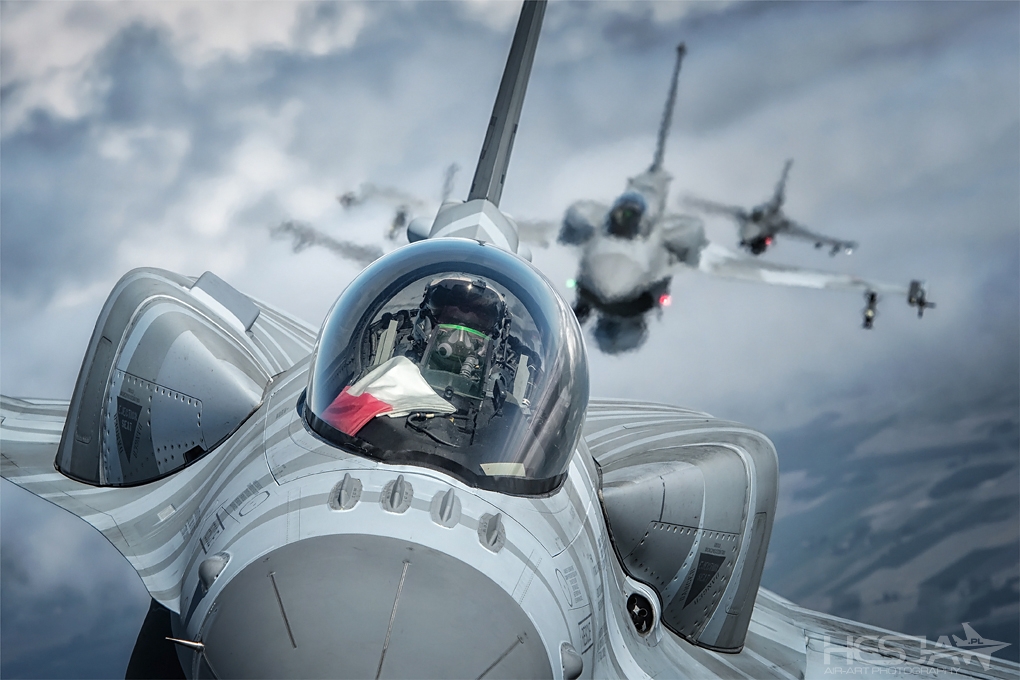
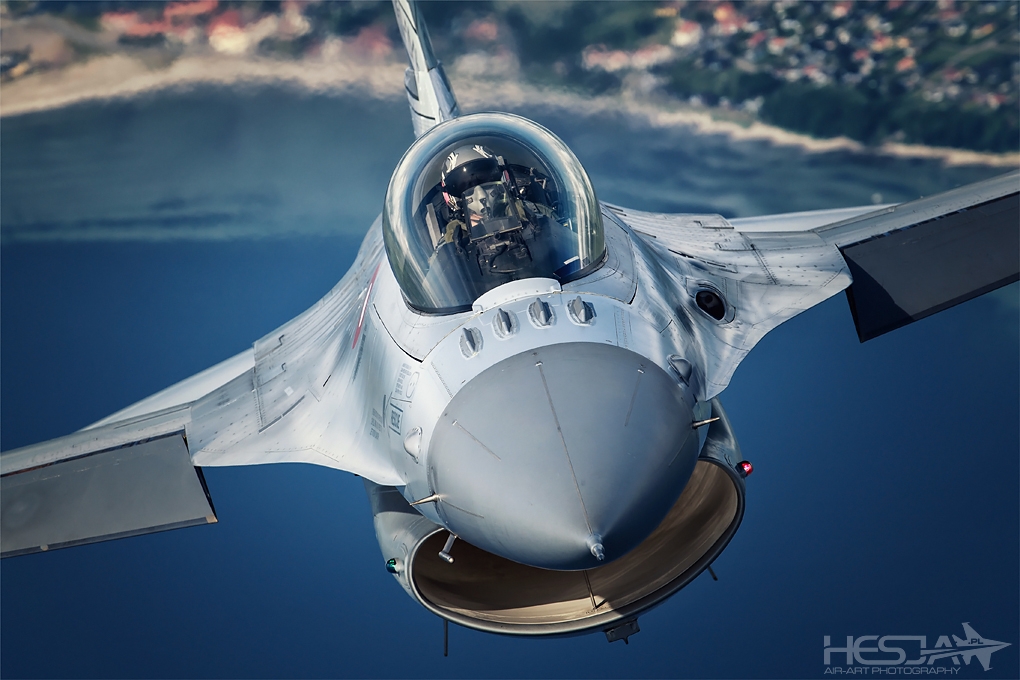
What is my view of air-to-air photography?
Before I start writing about the process itself, I need to mention the immense emotions which always emerge, when I fly the photoship. The fact that you are placed on an open ramp, in, or well above the clouds, hundreds of meters above the ground, is incredible. From that perspective, one may experience and feel the beautiful and vast space. This sensation is even stronger, when the photographed aircraft emerges, to join that unique scenery. Such a big device, flying right underneath, right beside, together with us! Sometimes the aircraft come so close that you want to get out of your harness and just jump onboard. The pilot, his behavior, his facial expressions, they are all clearly visible. The view is incredible, since almost always we admire and witness the aircraft when they are flying towards and returning from that aviation world, we only know from the stories told. But this time – we’re placed right in the middle of it. This feeling could only be compared to sighting the wild animals in their natural environment.
The view is not everything. The dynamic phenomena that influence both aircraft, and the conditions in the surrounding mass of air, make us and our mighty model move in every direction possible, in a form of a beautiful and, in every dimension, unique dance. This magnificent three-dimensional feeling may be experienced by our whole body, by all of our senses.
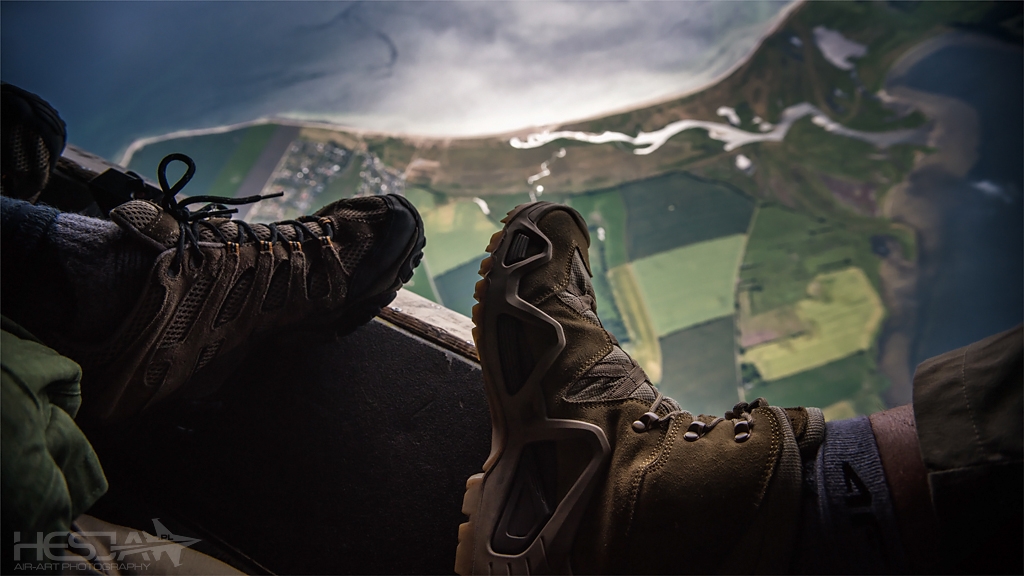
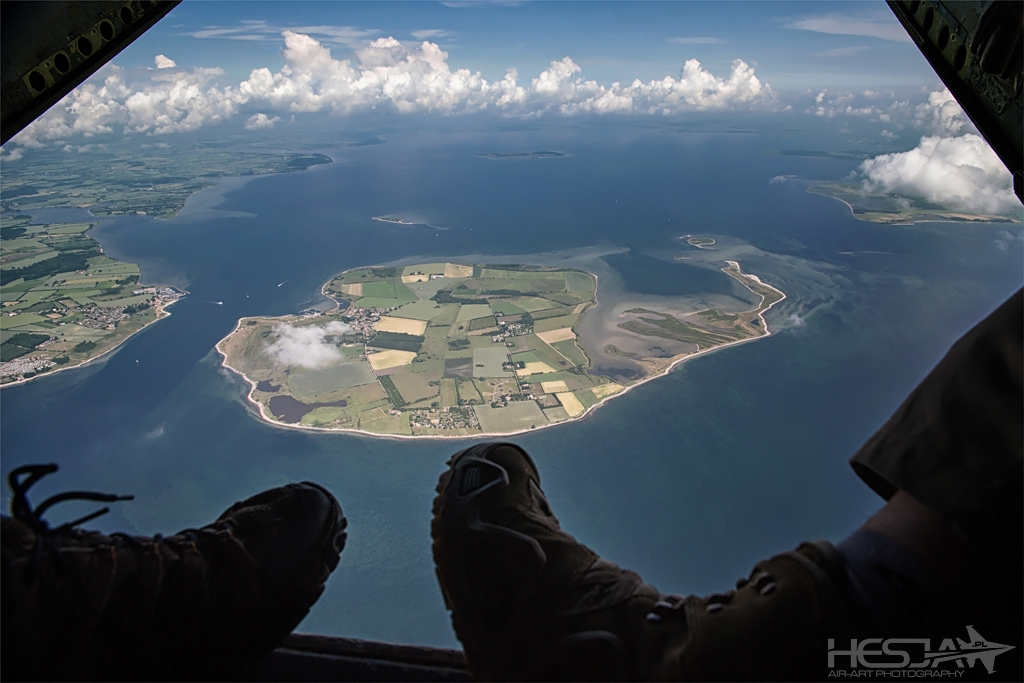
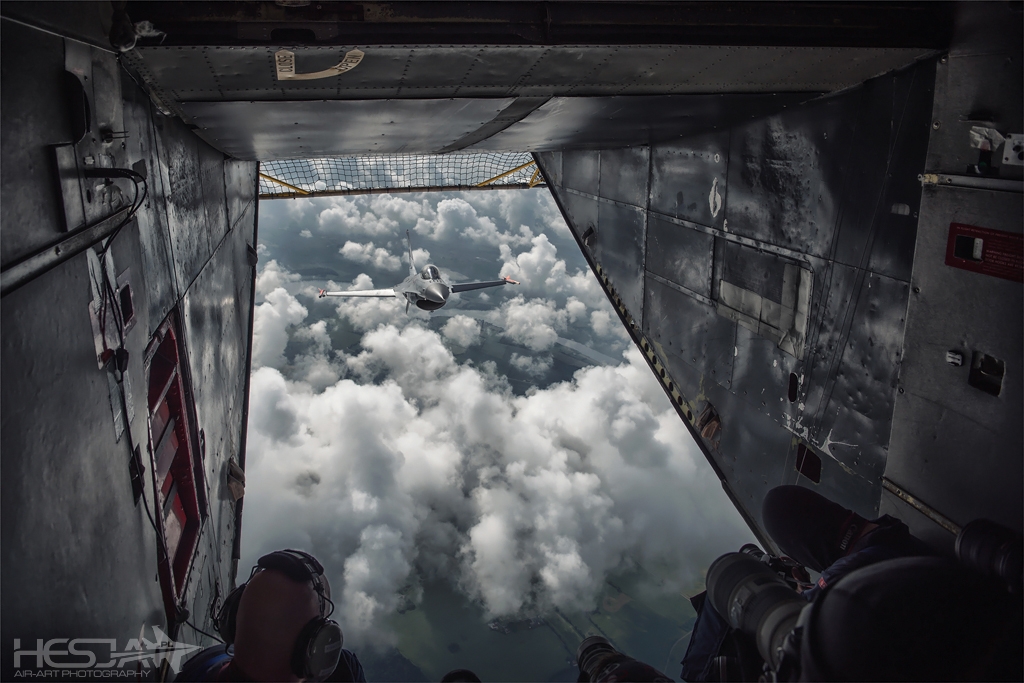
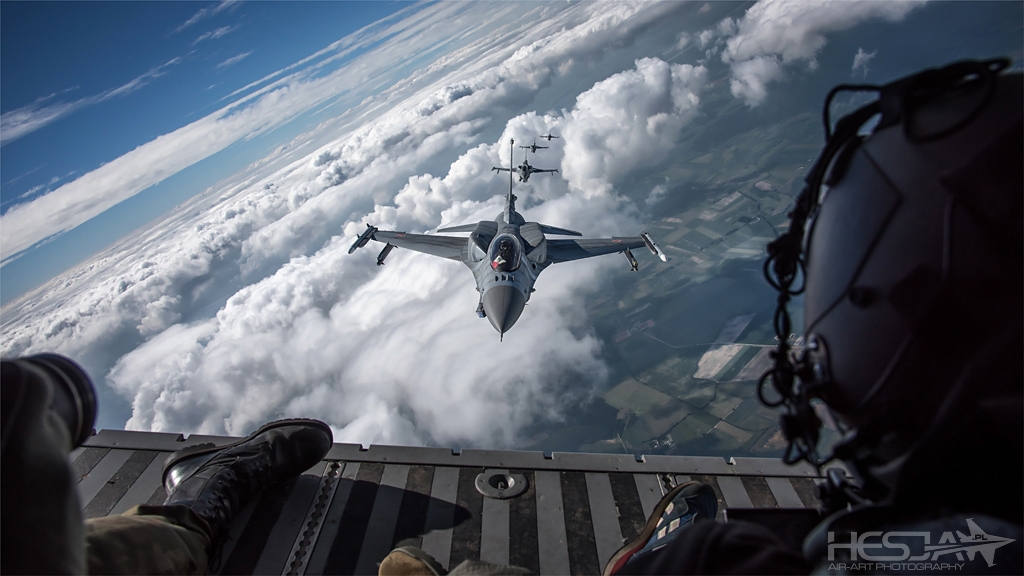
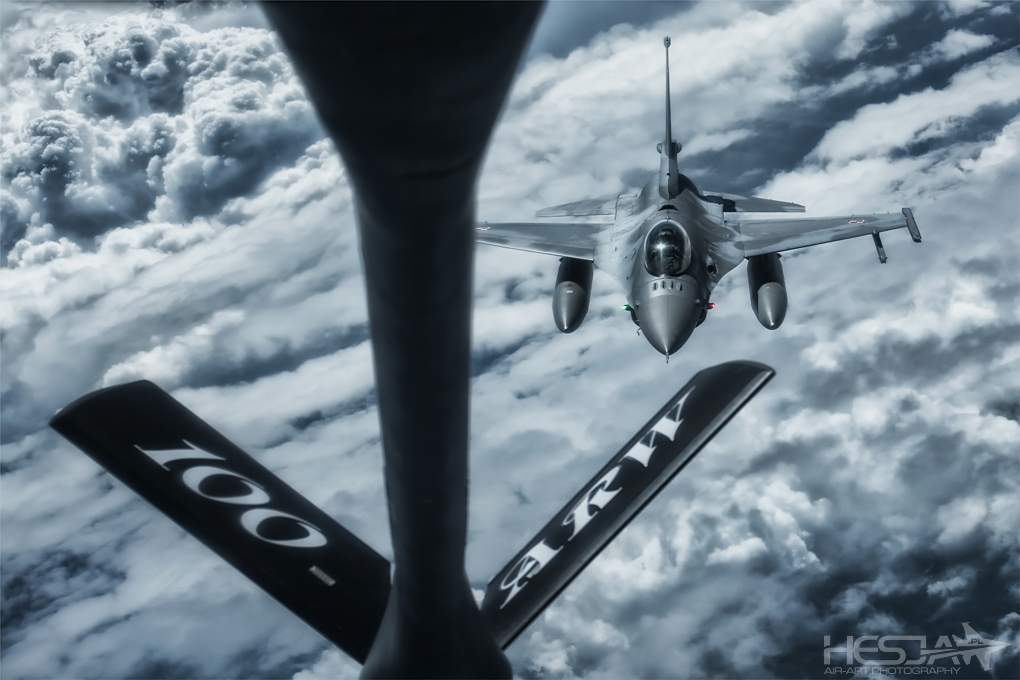
The circumstances of an air-to-air photo-shoot may be compared to those that emerge when one finds him/herself in a studio, with a beautiful professional model posing, or in a hideout close to an African waterhole, just before the sunset, with wild animals gathering around. In conditions so special, one will always take photos, regardless of the camera used to take them, and the place where they are shown, will be stunning for all of the aviation lovers, lovers of feminine beauty, or admirers of nature. However, one question remains unanswered – will all of these shots be spectacular for a true photographer? Will these shots still be stunning, once we disregard the aspect related to the opportunity of finding yourself in those unique circumstances? I know many masters of air-to-air photography who, whenever they grab the camera, create beautiful pieces of art. Unfortunately, vast majority of the shots is “accidental”, they lack an underlying idea and they simply present the jet. In any genre of photography, including aviation photography, portraiture, or wildlife photography, one may find “product” photographers, the only and main goal of whom is to document the “actual” events, and photographers for whom photography is a domain of art, for whom not only is it important to document the phenomena, but also to create images which will bear artistic value, regardless of what was the subject and where the shots were taken. Considering the air-to-air setting, one may follow the classic statement that whatever photographer he or she is, the public will always be amazed – but is it the pinnacle of our ambition?
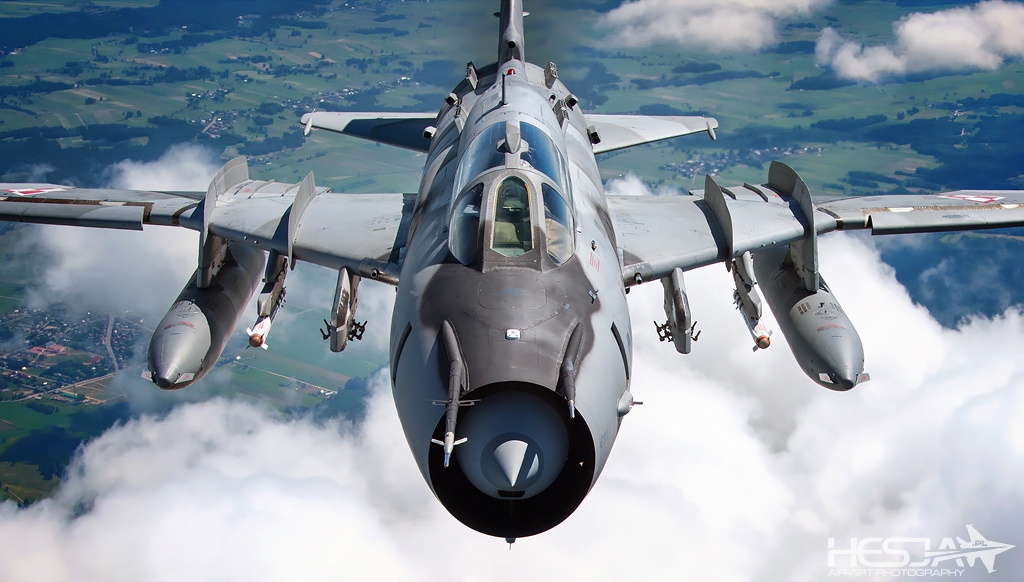
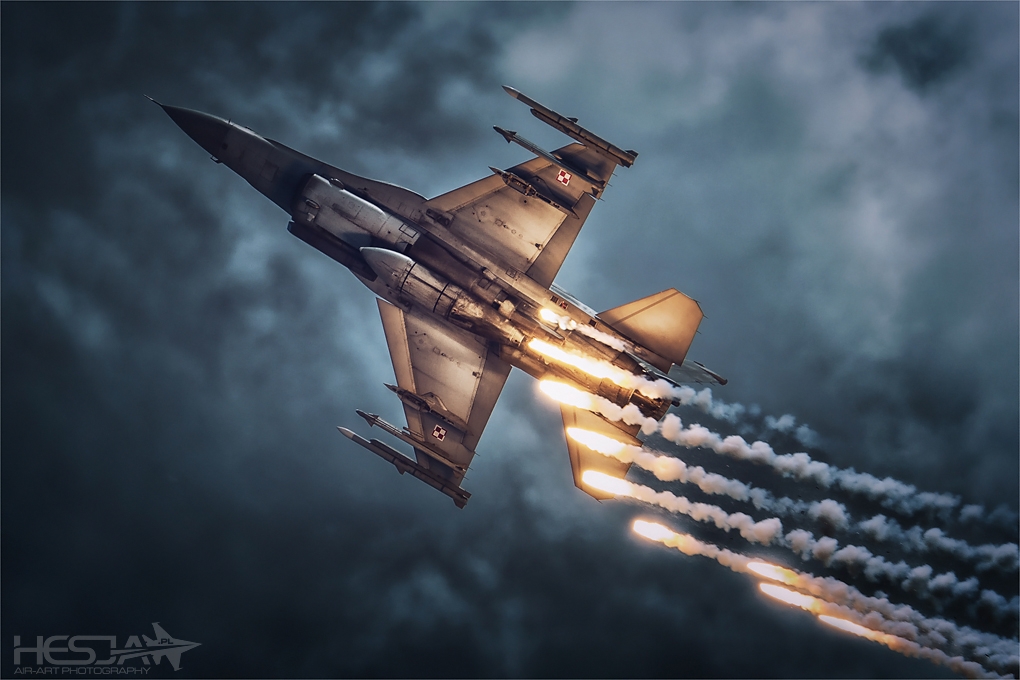
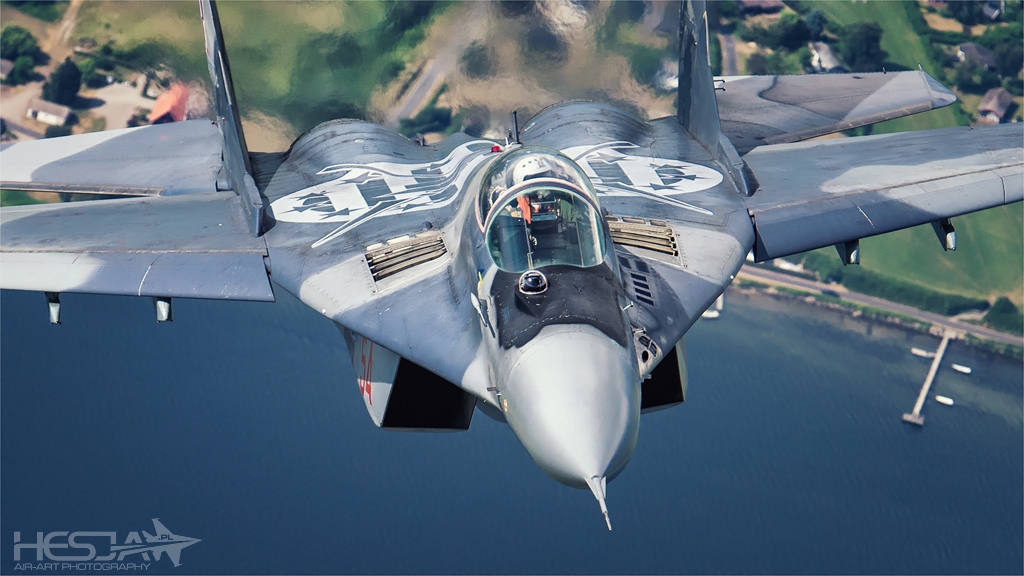
How can you make the air-to-air photographs depart from “spotting”, towards the art of photography?
Air-to-air photos, with a few exceptions related to the dynamic context in which the shots are taken, are no different, and follow identical rules, as the ones applicable to any other domain of photography. A great emphasis should also be placed on the exposure settings. Taking the moving background into the account, along with the rapid and frequent movement of our subject, as well as its major size, we need to use fast shutter speeds along with high aperture values. Thanks to the above, we face a greater chance of taking a sharp shot with a proper depth of field. Air-to-air photography is very much reminiscent, in most of the cases, of the process of capturing the shots during the static displays. The only aspects we need to focus on are: the changing position of the aircraft which plays the role of our subject, and the moving background. Selecting a proper position and angle, when we’re shooting our model, with a proper background, may make the photos either very good, or even spectacular. The melancholy of the process of waiting for proper angles and perfect background may be interrupted by dynamic situations, e.g. a formation flight, with formation being dynamically changed, dispensing of the flares, dynamic breaks or even elements of aerobatics. The hunt for angles and background is thus complemented with the necessity to capture a proper moment of the action. Usually, we bring thousands of pictures back, from an air-to-air photo-shoot. In order to make our cornucopia full, we select only the best shots, and we should focus on the most important aspect of photography in my opinion – a proper framing with every nuance of a perfect composition taken into account. Everything should be spiced up with luminance, color and contrast correction, according to our personal test and...we’ve got it!
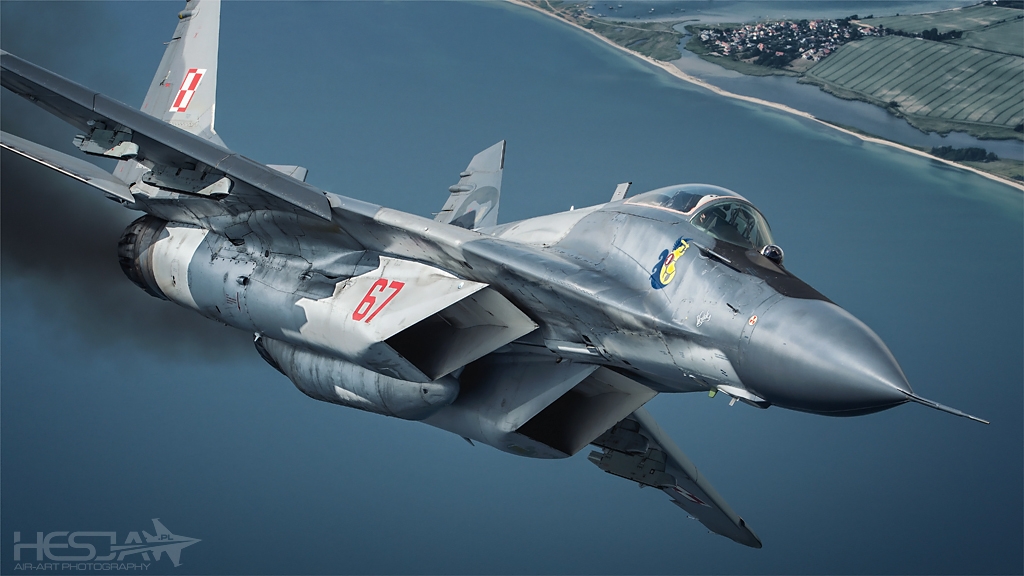
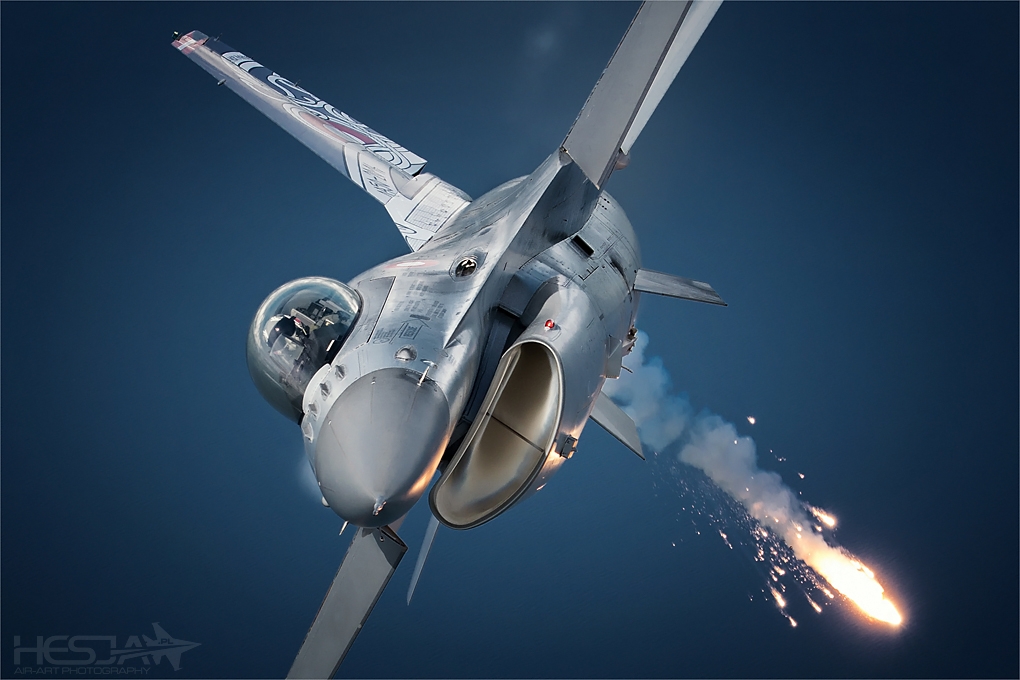
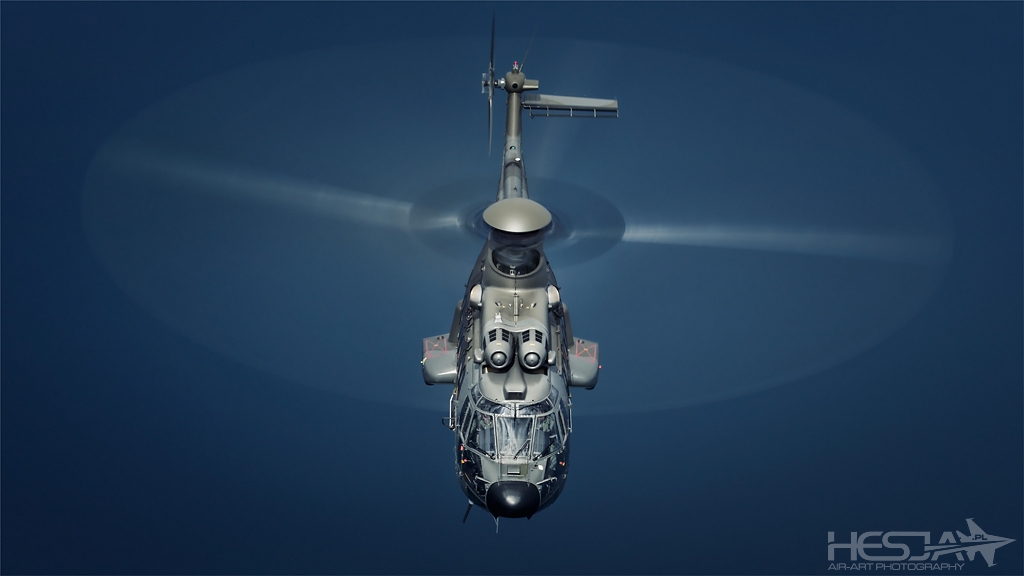
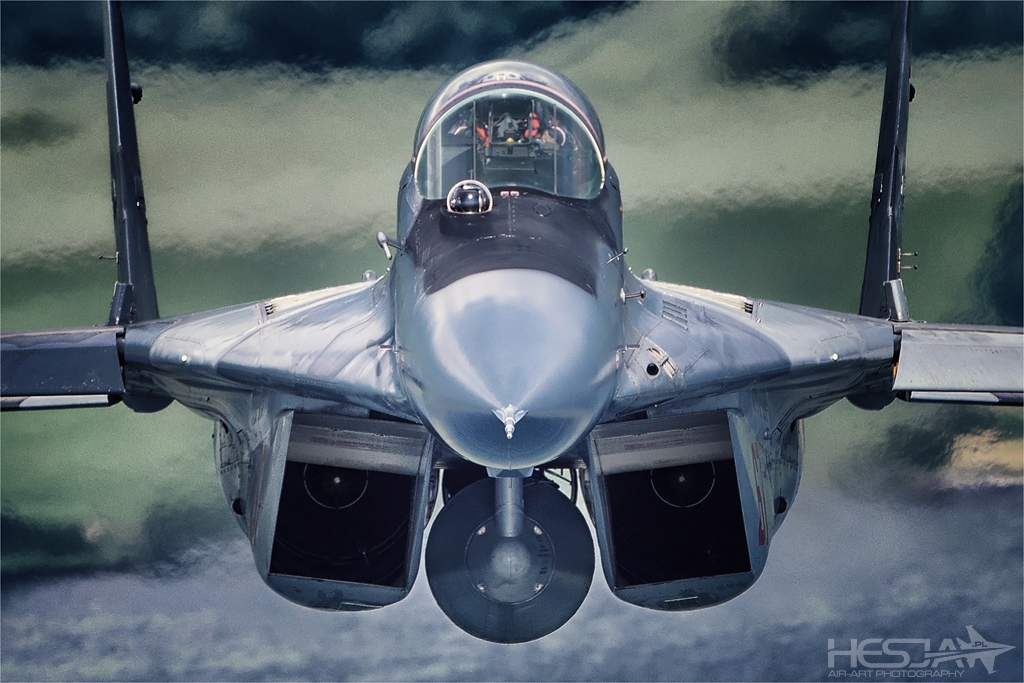
The highest level of the aviation photography?
Many people consider air-to-air photography to be at the peak of the aviation photography as it is. I, personally, know some people who, once they started to get involved in air-to-air photography, they resigned from taking aviation photos from the ground, considering the latter to be a waste of time. In my opinion, all is dependent on what remains in our hearts. We should answer a question, whether we are considering ourselves to be ambitious, or do we want to take the “easy way”? Easy way, since in many dimensions, air-to-air photography is much easier to pursue, than ground-based aviation photography. The main reason for that stems from the fact that during the air-to-air photo-shoots, the aircraft find themselves, for a relatively long time, close to us, flying at the very same speed. Thanks to the above, one does not need to be as quick to shoot the plane at the right moment, hence it is significantly easier to obtain a sharp shot of good quality. It is also much more easy to get a prop blur, in case of the photographed propeller-driven aircraft. Thus, there is no need to use very professional cameras and long, heavy lenses, which makes such shoot easier on our muscles, and on our wallet. Another important thing that makes the life of an air-to-air photographer easier is the fact that when one takes photos in circumstances so unique, applause seen on the part of the aviation lovers is somewhat guaranteed, regardless of the level of skill we present. Considering the aforesaid limited availability of the air-to-air shoots, also for the talented photographers, it is much easier to be in the spotlight in the field of aviation photography, by taking such shots. This is often entailed by a variety of proposals, e.g. coming from the aviation publishers, which is much more difficult for the people who take their shots standing on the ground. So, if you ask me – are the air-to-air photographs better than those taken from the ground? No. They are, undoubtedly, different, special, and magnificent! However, this does not mean that shots taken from the ground cannot have the aforesaid adjectives ascribed. Numerous shots taken from the ground, that could not be captured in an air-to-air setting, still remain immensely impressive. Personally, I would compare the air-to-air photographs to an icing on the grand cake of aviation photography. And, still, to make it clear – this icing is very tasty, and I cannot wait to taste it again :)
